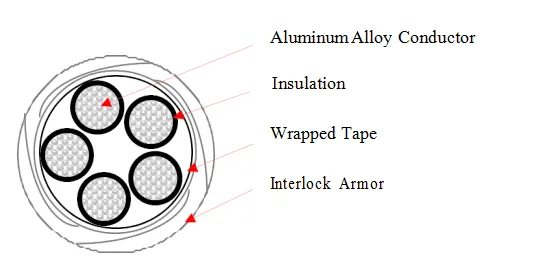Nov . 20, 2024 11:50 Back to list
butterfly valve with actuator
Butterfly Valve with Actuator An Overview
Butterfly valves are commonly used in various industrial applications for controlling the flow of fluids. They are known for their simplicity, reliability, and efficiency in regulating flow. One of the most significant developments in butterfly valve technology is the integration of actuators, which enhance the functionality and operability of these devices.
What is a Butterfly Valve?
A butterfly valve consists of a circular disc or plate that pivots within the pipe to open or close the flow of liquid or gas. The operation of the valve is straightforward when the disc is parallel to the flow direction, the valve is fully open, allowing fluid to pass through. Conversely, when the disc is perpendicular to the flow, the valve is closed, preventing any flow. This design allows for rapid opening and closing, making butterfly valves ideal for applications where quick response times are essential.
Types of Actuators
Actuators are devices that control the movement of the butterfly valve. They can be classified into several types, including
1. Electric Actuators These are powered by electricity and are often used in applications that require remote operation or automation. Electric actuators offer precise control and can be programmed for specific settings, making them ideal for complex systems.
2. Pneumatic Actuators These actuators use compressed air to operate the valve. Pneumatic actuation provides high-speed operation and is suitable for environments where quick response times are crucial. They are often used in large pipelines and high-pressure systems.
3. Hydraulic Actuators Using liquid pressure, hydraulic actuators offer strong force and are suitable for large valves or applications requiring significant torque. They are commonly used in heavy-duty industrial applications.
Benefits of Using Actuated Butterfly Valves
butterfly valve with actuator

Integrating actuators with butterfly valves brings several advantages, including
- Automation Actuated butterfly valves can be automated to allow for remote control and monitoring, which is particularly beneficial in hazardous environments or locations that are difficult to access.
- Efficiency Actuators enhance the speed and accuracy of valve operations, reducing the time required to start or stop the flow of fluids. This efficiency can lead to energy savings and improved operational performance.
- Control With actuated butterfly valves, operators can achieve precise control over fluid flow. This capability is essential for processes that require specific flow rates or pressure levels.
- Safety Automated valves can be integrated with safety systems that monitor conditions and automatically adjust valve positions to prevent accidents or failures. This feature enhances overall system safety.
Applications
Butterfly valves with actuators are widely used across various industries, including water and wastewater management, oil and gas, chemical processing, HVAC systems, and more. Their versatility makes them suitable for throttling and isolating applications in both small and large-scale operations.
Conclusion
The integration of actuators into butterfly valves has transformed how industries control fluid flow. By enhancing functionality, improving efficiency, and increasing safety, actuated butterfly valves have become essential components in modern fluid management systems. As technology continues to evolve, we can expect further advancements that will make these valves even more capable and versatile in various applications.
Share
-
Reliable Wafer Type Butterfly Valves for Every IndustryNewsJul.25,2025
-
Reliable Flow Control Begins with the Right Ball Check ValveNewsJul.25,2025
-
Precision Flow Control Starts with Quality ValvesNewsJul.25,2025
-
Industrial Flow Control ReliabilityNewsJul.25,2025
-
Engineered for Efficiency Gate Valves That Power Industrial PerformanceNewsJul.25,2025
-
Empowering Infrastructure Through Quality ManufacturingNewsJul.25,2025